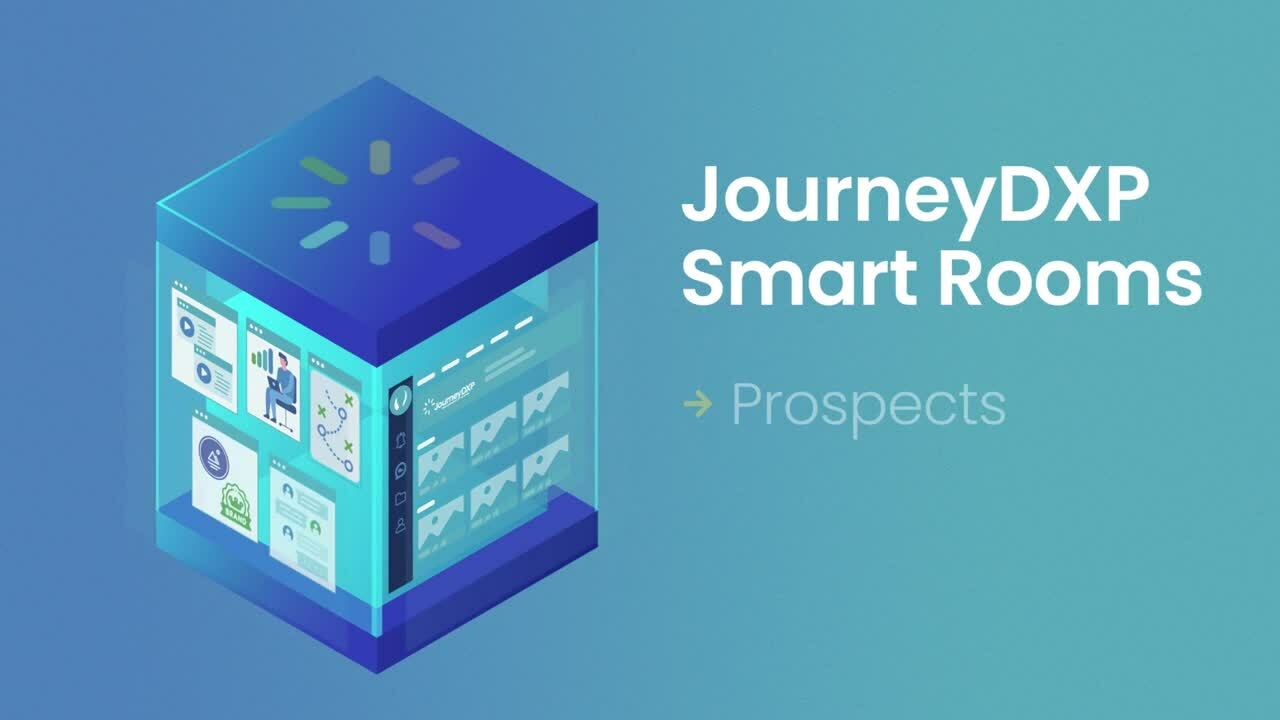It wasn’t long ago when a customer’s buying journey was a black box. After a call or meeting, sales teams had little insight into what happened behind closed doors.
- What conversations were buying teams having amongst themselves?
- What concerns were they not voicing in person?
- What additional research were they doing?
- What information sources were they tapping to validate their decisions?
To say things were vague is an understatement.
Yet so much of what happens outside of conversations and meetings is core to the customer decision journey. The more you can participate in (or orchestrate) the journey, the faster deals will close, the more predictable your pipeline will be, and the more primed your customers will be for upselling and cross-selling.
Here are a few ways sales teams can develop a deeper understanding of the customer decision journey — beyond the meetings and calls…
Deliver a “Digital First” Customer Experience
When we say “digital first,” we don’t just mean websites and emails. Today’s customer expects a digital experience that’s personalized, private, and interactive. They need to be able to consume their buying experience on any device.

Sales teams that recognize this shift in buying behavior are doing themselves a favor when it comes to developing a deeper understanding of the customer decision journey. Of course, we’re talking about analytics. When you’re able to “see” what your customer is doing behind the curtain, you’re able to curate and guide the experience. For example, if you “see” that a handful of customer contacts are viewing the same piece of content, you’re essentially armed with knowledge that can inform your next step.
Let the Customer Drive
Customers want buying experiences. Thanks, Amazon! In a buying experience, they are in control. It’s perfectly natural for sales teams to resist surrendering control, but it’s not a complete role reversal. It’s more of a change in mindset.
Focus on assuming the role of consultative collaborator instead of solution provider. Yes, that seems like a subtle nuance, but there’s a difference. When a customer feels like you’re a collaborative partner, they’ll reveal more than they would if they were simply evaluating a defined solution. And when they’re doing that, you’re gaining insight into their decision-making.
Ask
It seems obvious, but inquiring about how your customer makes buying decisions is more than useful. It’s all about how you position the ask.
WRONG WAY:
“How does your organization make its buying decisions?”
It’s abrasive and practically screams that you have little interest in developing a relationship. Instead, empathize.
RIGHT WAY:
“We’ve seen a big shift in the way our customers are making their purchase decisions these days. There are more stakeholders involved, more self-education happening, and more layers of approval. Is that something you’re dealing with too?”
Feel the difference?
Getting a better sense of the customer decision journey is critical. If fully understood and used thoughtfully, it’s how successful sales teams design a frictionless experience.
POPULAR
Launching a Dynamic Digital-First Customer Experience
Growth will always be a top priority for B2B companies. If not, customers will inevitably outgrow your offering, and your company will become obsolete.
RELATED
Why The The First 120 Hours After A Deal Is Signed Mean Everything
You crafted a personalized customer experience. You orchestrated real collaboration. You ensured everyone stayed on the same page, no matter when they joined the process. Everyone’s on board. Everyone’s happy… you inked the deal. At...




